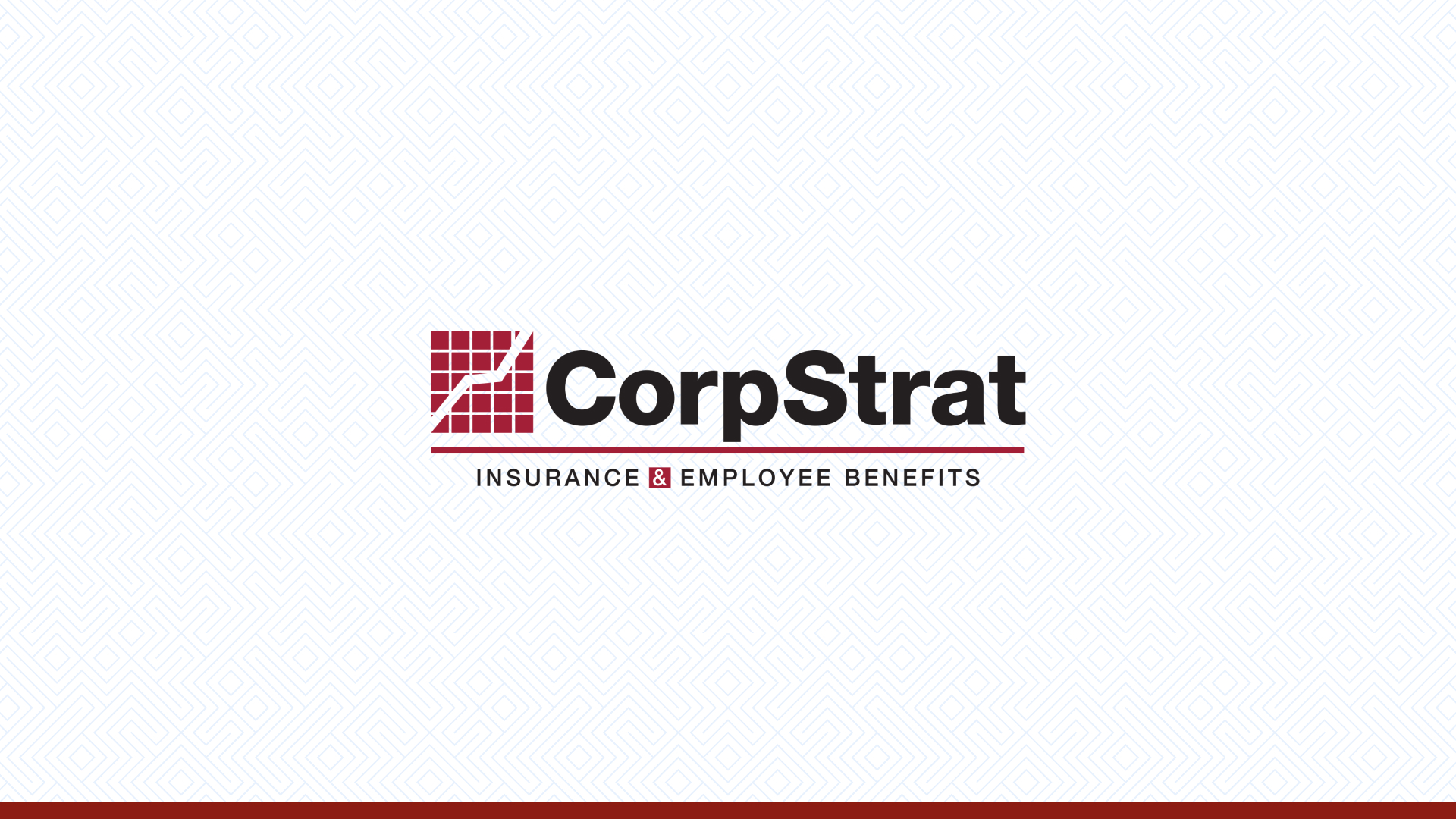The underutilized benefit the IRS doesn’t want you to know about!
With the rising cost of health insurance and increasing out-of-pocket expenses, there are additional expenses being put on both employees and employers due to the ACA. Employers are challenged, chief among these balancing the value of health benefits and optional coverage provided to employees, versus the costs and reporting burdens put on employers and employees.
One method that small businesses underutilize is Cafeteria Plans. This is a benefits structure that allows employees to opt in and out of certain benefits options. Just like going through a lunch line, employees can select or reject tax-free accounts and voluntary benefits.
Savvy businesses are using cafeteria plans in order to reduce their tax burden in administering employee benefits, and employees appreciate having control over the benefits they pay for, and the ones they don’t. The biggest benefit of a cafeteria plan is that these preferences are chosen on a pre-tax basis, reducing the impact of tax and workers’ compensation on those funds.
What Can Organizations Offer Under Cafeteria Plans?
Tax-Free Savings Deferrals
Employees can defer salaries into tax-free accounts which cover certain health and care expenses. The first is a Flexible Spending Account. This is an account with a $2,600 annual limit (per employer) that can be used to cover copayments, deductibles, and other out-of-pocket healthcare expenses. This allows tax savings for employees, especially those who find themselves in a high tax bracket. Flexible Spending Accounts can also be used to cover the healthcare expenses for a dependent, or a spouse. This flexibility can provide some peace of mind for employees.
Employees with dependents may opt for a Dependent Care Flexible Spending Account. Similar to the Health FSA, the DCFSA is tax-free to a maximum of $5,000 in 2017. This account is to be used for expenses such as child care and adult day care services, both of which can be a major financial burden to employees.
Voluntary Benefits
Voluntary benefits can be a way to enhance a traditional benefits plan, give employees more control. The most common provider of these voluntary benefits is AFLAC, who have a variety of group voluntary benefits plans. For employees, these plans can fill gaps in healthcare, or add additional benefits that suit their personal health circumstances.
The Most Common Voluntary Benefits:
Accident Insurance
Dental Insurance
Disability Insurance
Vision Insurance
Life Insurance
While a cafeteria plan can be offered by any employer, we suggest it for companies with at least 12 employees, especially if those employees have families or have expressed complex health considerations.
Providing a cafeteria plan means that your organization will undergo a benefits transition, and have to adjust some payroll and administration procedures in order to support FSAs and ensure your ACA reporting will be compliant.
At Corporate Strategies, our experienced brokers and client account managers are able to help you evaluate the right timing for moving to a cafeteria plan, as well as the implementation, payroll setup and HR management of your new benefits structure!
If you think a cafeteria plan is right for you, or want to know how you can provide certain voluntary benefits to your employees, talk to us today about your goals for your organization and its employees.



